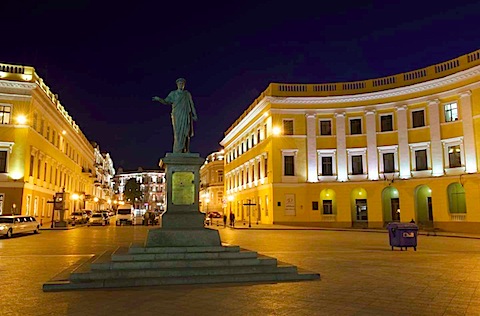When Nikon announced the D3 towards the end of 2007, there were more than a few raised eyebrows, the D2X though a very good camera had spent most of it life living in the less noisy shadow of its Canon competitor the EOS 1D mk2. Sure, it was full frame, something Nikon fans had clamored ever since Kodak and Canon put full frame on the map. It was fast, 9 frames a second would suit any sports/wildlife photographer, but 12 megapixel, what was going on? It was the same pixel count as the D2X, hardly three years of progress. For months I had been reading the forums at DPreview amongst others, feeding on the frenzy of rumors, claims and counter claims. My excitement level was climbing at the same rate as the blood pressure of some of the posters, the anticipation was palatable. So when I read the initial press release it was frankly disappointing.
Shortly after the announcement, image samples started to filter on the forums and wider web. Whispers of something special, an image quality that far surpassed other 12mp cameras was one, but its ability to shoot high ISO with little or no noise was the overriding rumor. Sure, we had read about its 25200 ISO ability, gimmick many of us thought, but people were claiming noise free at 3200, very useable at 6400. Images were coming through to support it. The rumors became fact, the camera was released and a legend was born. Based on the feedback on those original buyers I took the plunge and purchased one along with the new Nikon 24-70 2.8.
From day one I could see this was a special camera, but it wasn't until about three weeks later that I got the chance to see how good it was. I was in Palma de Majorca, shooting some images of the exterior of the magnificent cathedral there. Light was dropping fast and I had no tripod. I decided to test one of the features I had read about but not used, Auto ISO. For the uninitiated, Auto ISO is a mode where the camera will increase the film speed once the light level has dropped below parameters you have specified. I set my camera on aperture priority, and set the Auto ISO minimum speed to 1/60th second to compensate any camera shake when I shot at 70mm on the 24-70. As I was shooting, the light levels were dropping fast, I continuously checked the LCD to see if I was getting noise. With the new 3 inch high resolution screen, I could zoom in on the image. No noise at 1200 ISO. Maybe it was the screen, being used to the D2X's low resolution offering.
The lights were coming on on the Cathedral now, shooting RAW, I did not worry too much about the white balance, and continued shooting. The sky had turned that deep twilight blue, the ISO was hitting 3200, still the images looked good. I continued shooting until there was no light just darkness surrounding the oasis of artificial light that was the Cathedral. Eventually it was enough, time for a beer.
When I eventually got the images on a big screen, I finally understood the D3. It unshackled the photographer from the constraints of film speed, grain and noise, perhaps for the first time in the history of photography, the photographer was truly free. For more D3 images visit Jason Row Photography

